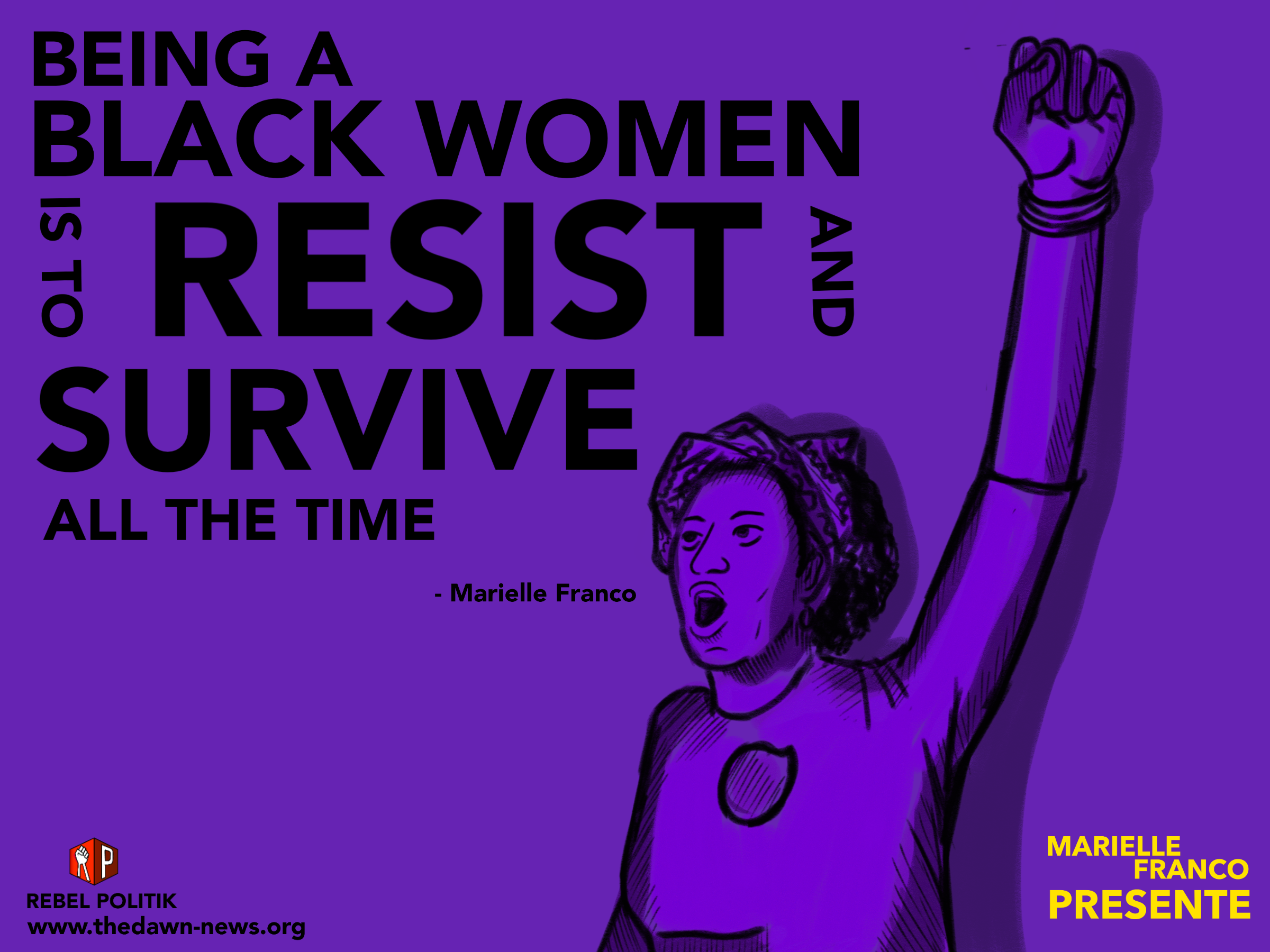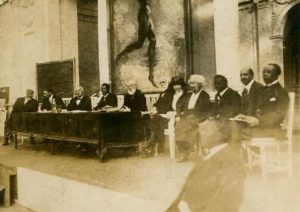A global black solidarity to fight for a world free of hate crimes and racially motivated violence has been one of the driving forces of black diasporic collaboration from the beginning. Seeds of black diasporic consciousness were sown as early on as days of slavery, the first and most large-scale attack of violence on black bodies and black freedom, and the largest scale mass enslavement of a race of people, in the history of the world.
Violence has been just one, but unfortunately, a prominent one, of the persistent themes in the development of the black global consciousness and black freedom struggle. Despite black consciousness and disapora encompassing the depth of the positive self-understandings of an identity, such as ethnic and cultural celebrations, and historical and artistic investigations of one’s ancestry, almost any group as part of it’s self-understanding includes a component of shared struggle.
In the history of shared struggle against violence and racial hatred, the black political movement for essential rights has been fraught with compromise when ideals have come to head against real political and economic forces. Black global consciousness has meant a fight not only for racial equality for people of African descent, but for basic human rights for all people regardless of race. But these movements were often put to a halt when faced against political incentives of the people in power. In post-WWI treaties in Paris in 1919, the Japanese Empire which had had extensive contact with representatives from US Civil Rights organizations , proposed a “racial equality bill” at the meeting to found Wilson’s League of Nations. This was rejected because it was not politically profitable to the politicians who were most influential at the Paris Peace Conference.
Similarly, many victims of hate crimes go unreported because their cases lack conclusive evidence, and their stories are not compelling enough for the media. This was not the case, however, with Jussie Smollet. His case was picture perfect. He was a famous black gay actor. He was popular in his show Empire. And the alleged attack was not inconclusively racially related, or conducted by someone who may have had underlying mental health issues along with secondary racist tendencies. Rather it appeared to be premeditated, as he had received a threatening letter a week earlier. Finally, not only was Smollet a celebrity, but most importantly, he was a sympathetic victim: just as Treyvon Martin was chosen by the media due to his youth and innocence, people who are legitimate victims of hate crimes but do not fit a model citizen (for example, they may themselves have a criminal record, or simply be less successful in social status) or attractive young person are often ignored.
As a result of celebrity status and political connections, the Chicago prosecutor’s office has dropped charges for Smollet despite interviews saying they believe he is guilty. The case is now closed, and only so much information can be deciphered from what has been reported. This timeline attempts to show a guide to elucidate the potential political influences that led to an unprecedented dropping of charges for Smollet.
True victims of hate crimes lose credibility as a result of political maneuverings behind the scenes to afford special privileges to celebrities like Jussie Smollet. As a result of his political ties, his actions are overlooked by the very people in power who claim to be advocating for rights of people who are oppressed due to racism. As usual, the grassroots struggle for black rights is jeopardized by political interests.
https://cdn.knightlab.com/libs/timeline3/latest/embed/index.html?source=1ehTNuv_3W8jDF8XL6Wq-Za2OI59j_P-3yXo_MMUiumU&font=Default&lang=en&initial_zoom=2&height=650
I chose to use a timeline to keep track of the various forms of evidence and understand the political ties. I thought the timeline would help keep the many disparate facts from various news organizations clear in order to form a picture of the likelihood that political influence did or did not play a part in Smollet’s apparent special treatment in this case. In particular, news of contact from political influencers to the prosecution was learned later on but actually occurred before the police suspected (at least officially) Smollett which was something I wondered before I had put it in a timeline. Aside from that one fact, I realized there weren’t that many interesting facts to the case so my timeline was not as helpful as I had hoped.
Sources
Wbur
CNN




